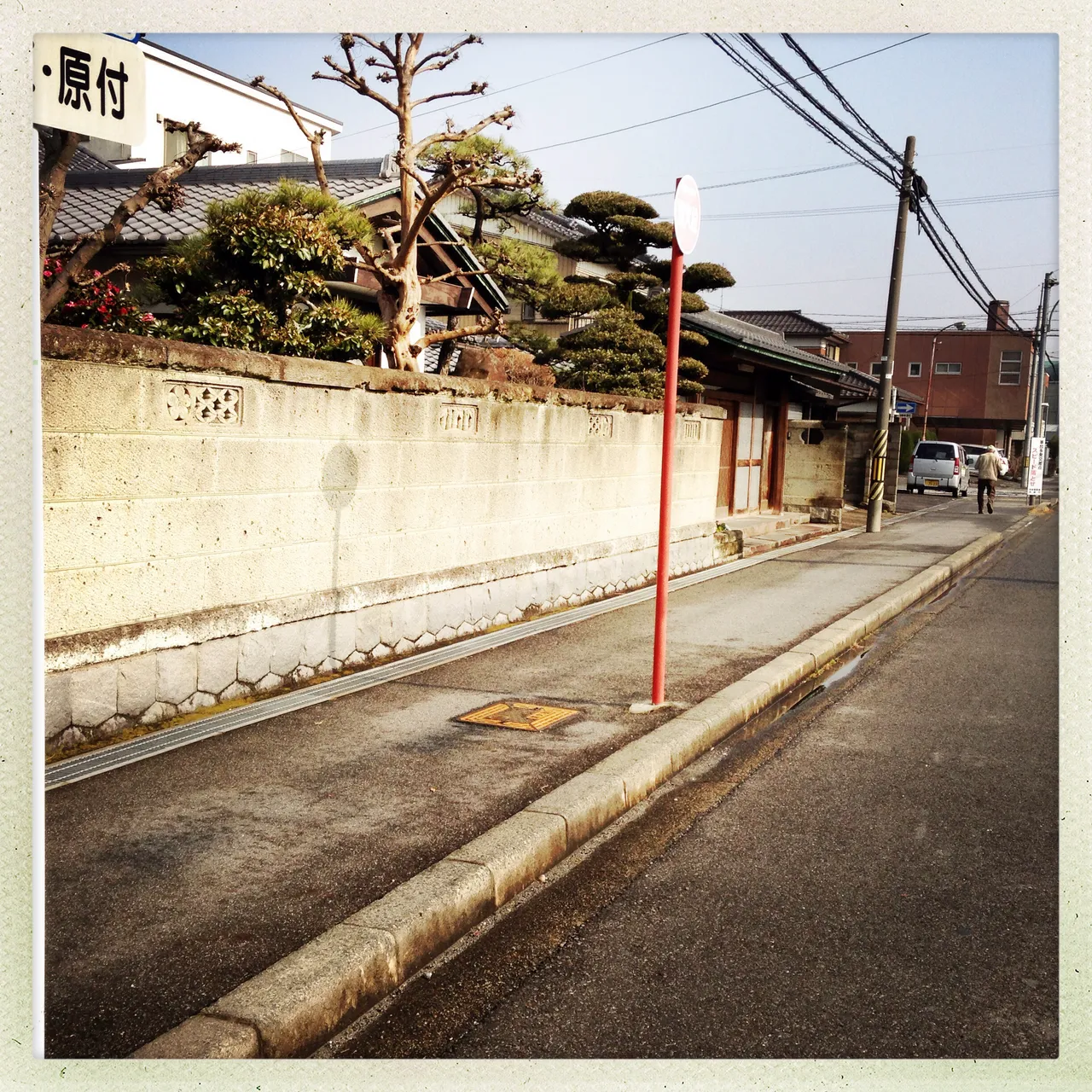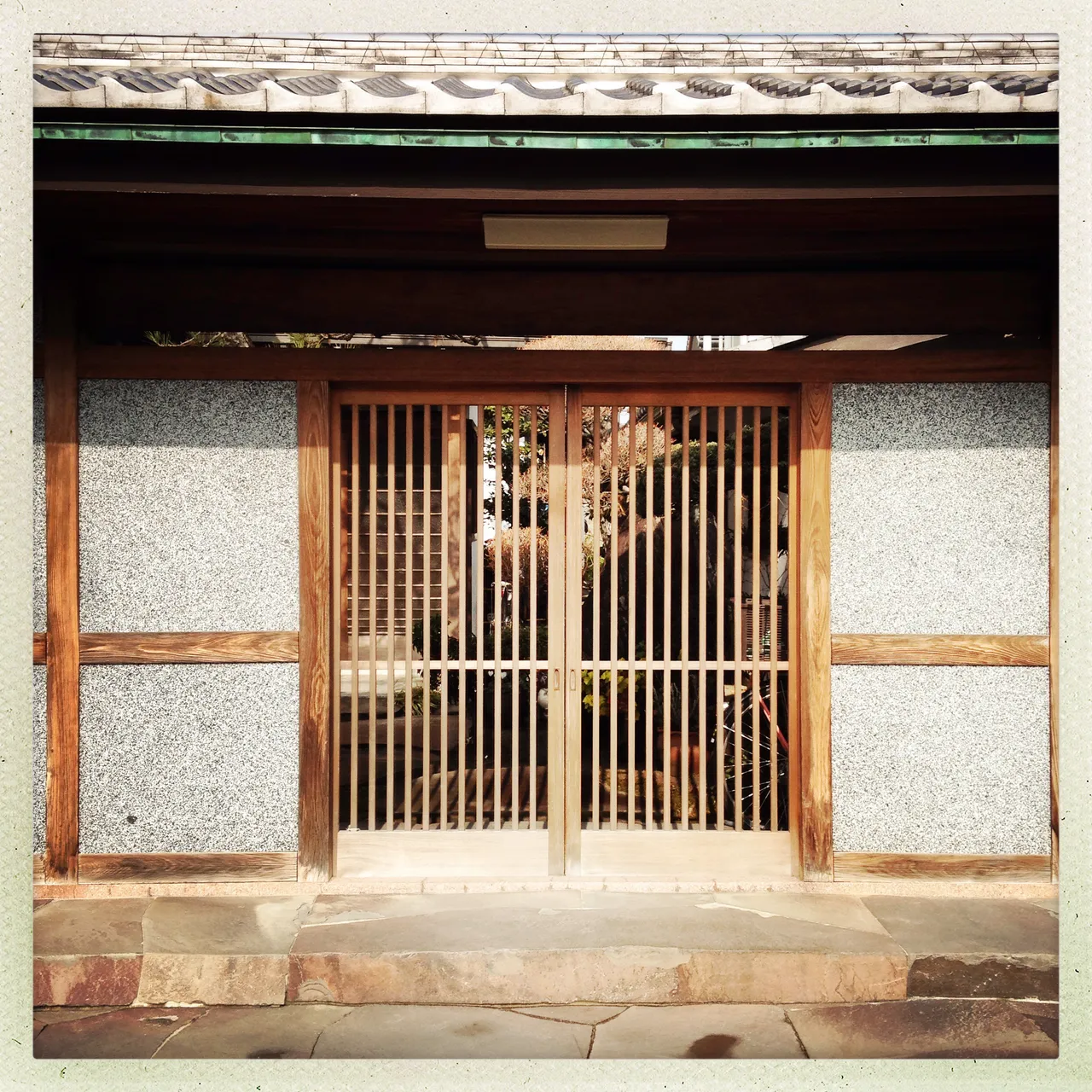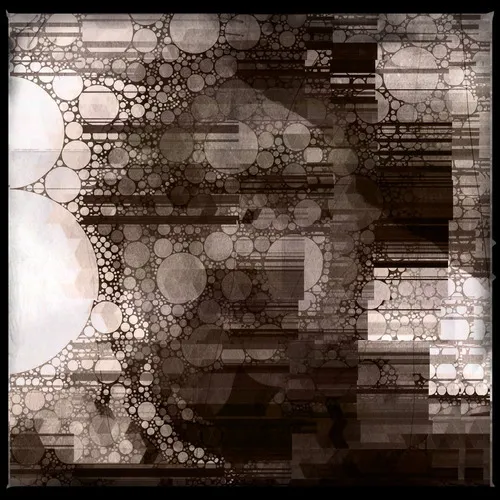I was on the move again, taking one of my photowalks. As I often do, I stuck with my smartphone this time and with my favorite app, Hipstamatic. As I detailed last time, I often will pick a random filter combo and will go with that for the entire walk. Hipstamatic makes it pretty easy to pick a random filter combo: just shake the phone. This time it game me Jane lens and Ina's 1982 film. The results are nothing too wild. It's a nice retro look and I dig it.
These are all very casual shots. I wasn't trying for the perfect framing. Let's dig in and look at what we have.

Let's lead off with that photo to ensure it is the thumbnail here. I always love torii gates. There is something very elegant about them. Torii gates might be in wood, usually painted red, but they are also be in stone.
The writing carved into the gate says the 4th year of Taisho, which was 1915. A bit over a hundred years ago. I wonder what this area looked like 100 years ago...
By the shrine was the destination. Let's back up and see some of what I came across on the way there.

It's a wall!
I'm always interested in these more traditional plots of land in Japan, because they are quite different from how houses do things where I come from in the US.
More traditional houses will be surrounded by a fairly high wall or hedge that makes the yard much more private than yards in the US. The walls usually have familiar but interesting patterns.
Another house yard wall:

And another:

You can see the patterns almost make a face in that one. I don't know if that's intentional or not, but it is a fairly common arrangement.
A shorter wall here:

Here you can see a pine tree bent over the entrance gate. You see that at these more traditional houses. I keep mentioning that because most modern houses don't seem to have yard or wall surrounding it or gate. But older ones generally have more space for those things.
Anyway, the pine tree bent over the entrance is a common sight. It is good luck.
Speaking of gates...

People with more money to throw around will spend it on the gate. This one probably cost quite a bit.

This one not as much.
I've been in Japan now for nearly 20 years. I've seen all of this countless times, but I still find it interesting and enjoy looking and taking photos. I suppose it's just different enough from what I grew up with that it will always seem unusual enough to be to remain interesting.
None more so that when I come across these:

These small roadside shrines appear often enough that they aren't unusual. This one is actually on the larger side; many roadside shrines are smaller, at least in this area. People might donate a bit at them or might stop and pray.
Me? I stop and take photos of them!
Before I got married and had kids, I used to walk around the city for hours. I'd leave on a walk in the morning and walk all day, exploring everywhere. This was before smart phones so I didn't have Google Maps to help me avoid getting lost, but that was ok, I'd gladly get lost and keep exploring, walking here and there until I found my way back to a familiar place again.
Ooo, speaking of familiar places.

I love passing by this place, especially in summer. The smell of eel is so good. Eel is one of those foods that I never could have imagined eating before I came to Japan. But I have an open mind and it is such a popular food in Japan I soon tried it, and I quickly discovered why it is such a popular food: it's fantastic!
Moving on, I came across some familiar faces:

Look! It's Okazaemon! I wrote about him not so long ago (here) when I switched my profile photo to Okazaemon. I don't know who his little friend is.
Oh there were many many more shots, but probably things that would only be interesting to me. Like the road!

But... it's a road, eh? Like I said, only interesting to me. So let's skip the rest and jump to the shrine. After going through the torii gate with which I opened this post, we get to the main building.

This shrine is Tenmangu shrine. These kind of shrines are made to enshrine Sugawara no Michizane in his incarnation as the kami Tenjin. Sugawara no Michizane was a poet, scholar, and politician in the Heian Period. As Tenjin he is known as the god of learning. Before he somehow became incarnated in the form of a god, he was known for his love of the ume blossoms. As such, many Tenmangu shrines in Japan plant many ume trees on the ground. This one I visited has over 200 different kinds of ume trees. It looks quite beautiful when they all start blooming, which will happen in just a few weeks I think.

And I think that's a good place to leave it off at. Ending as we begin!
Hope you enjoyed my photowalk. Let me know if you have any questions about anything you see.
❦
 |
David LaSpina is an American photographer and translator lost in Japan, trying to capture the beauty of this country one photo at a time and searching for the perfect haiku. |